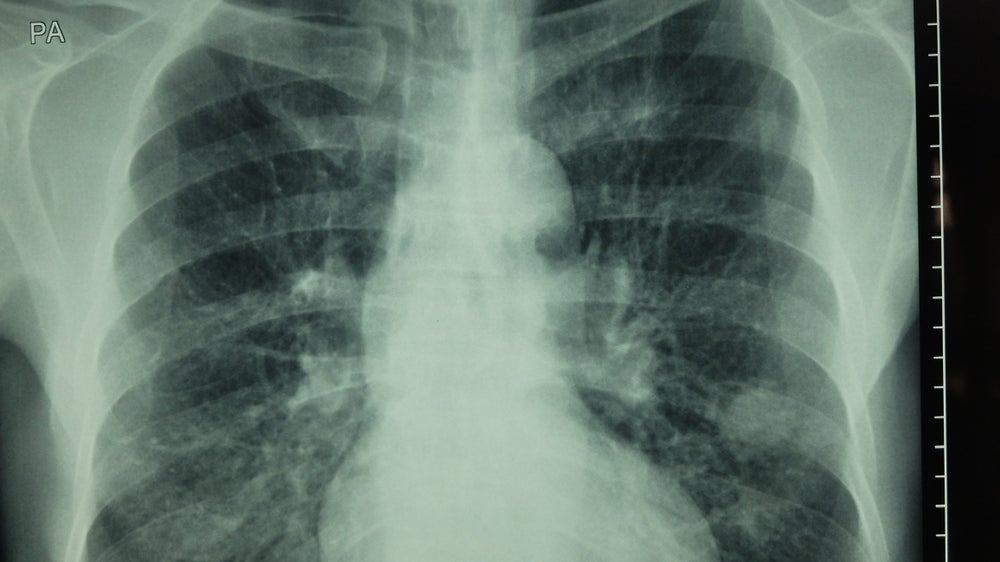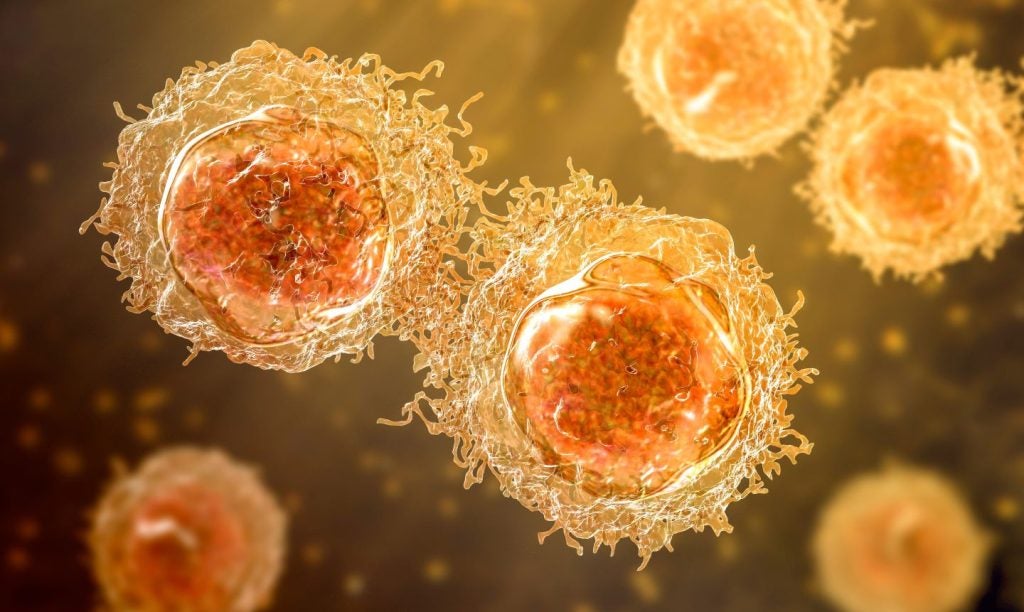Bolder BioTechnology has reported positive results from a Phase I clinical trial of BBT-015 in comparison with pegfilgrastim for the treatment of acute radiation syndrome.
BBT-015 is a proprietary long-acting granulocyte colony-stimulating factor (G-CSF) analog, which is currently under development as a treatment for chemotherapy-related neutropenia in cancer patients and for acute radiation syndrome.
The Phase I trial evaluated the pharmacokinetics, pharmacodynamics, safety and tolerability of single subcutaneous administrations of three different dose levels of BBT-015 and a single dose level of pegfilgrastim.
Altogether, five male subjects were included in each treatment group. The trial was conducted by Celerion and enrolled a total of 15 healthy subjects.
During the trial, all doses of BBT-015 were reportedly well tolerated by all the healthy subjects enrolled for the trial.
According to Bolder, all adverse events credited to BBT-015 were rated as mild, while adverse events of pegfilgrastim were rated as mostly mild and moderate.
How well do you really know your competitors?
Access the most comprehensive Company Profiles on the market, powered by GlobalData. Save hours of research. Gain competitive edge.

Thank you!
Your download email will arrive shortly
Not ready to buy yet? Download a free sample
We are confident about the unique quality of our Company Profiles. However, we want you to make the most beneficial decision for your business, so we offer a free sample that you can download by submitting the below form
By GlobalDataNo subjects treated with BBT-015 reported feelings of nauseous or vomiting, which are common side effects of other G-CSF drugs. The subjects did not develop antibodies to BBT-015 or pegfilgrastim.
Bolder BioTechnology president Joe Cox said: “BBT-015 plasma levels were dose-dependent, being highest in subjects receiving the 0.1mg/kg dose; at this dose, mean peak BBT-015 plasma levels were about two-fold higher than mean peak pegfilgrastim plasma levels.
“All BBT-015 doses stimulated long-lasting increases in circulating neutrophils. Mean peak neutrophil levels reached a maximum in subjects treated with 0.04mg/kg and 0.1mg/kg BBT-015, and were higher in these subjects than in subjects treated with 0.1 mg/kg pegfilgrastim.”
The positive results are expected to allow BBT-015 to meet the US Food and Drug Administration’s requirement to be used as a treatment of acute radiation syndrome.






